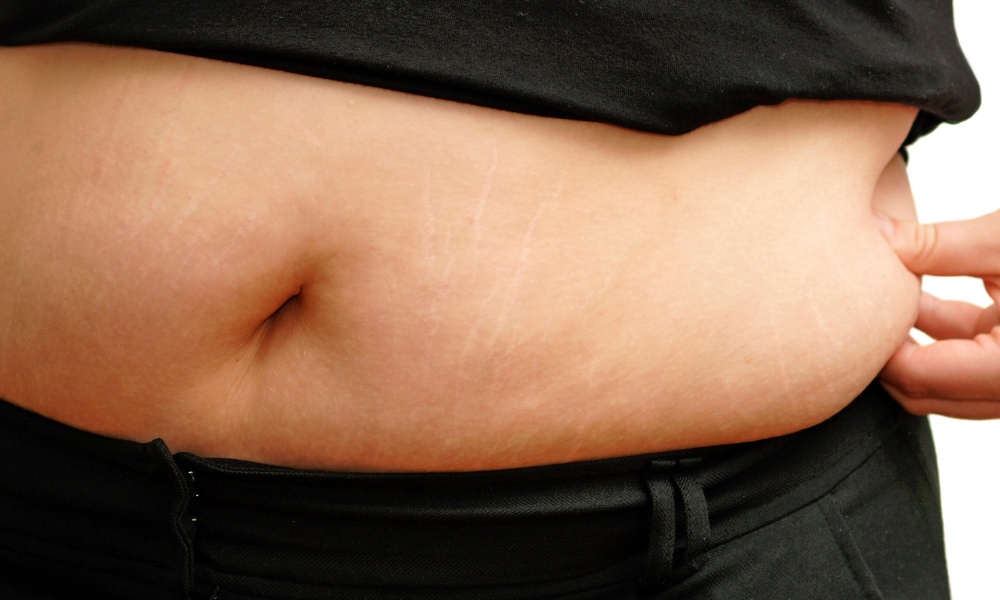In 265 older subjects with symptomatic knee osteoarthritis, the researchers found that those with the strongest quadriceps muscles at the onset of the study were half as likely to lose cartilage in the lateral patellofemoral joint over the next 30 months as those with the weakest quadriceps.Subjects with the greatest quadriceps strength had the lowest levels of pain and disability.
In addition, looking at the group as a whole, they found that subjects with the greatest quadriceps strength had the lowest levels of pain and disability, both at the start of the study and at the end. "Strong quadriceps muscles are, overall, good for the knees," said Shreyasee M. Amin, MD, a rheumatologist at the Mayo Clinic and lead author of the study, which was published in the January issue of Arthritis & Rheumatism.

Courtesy, National Institute of Arthritis and Musculoskeletal and Skin Diseases
The researchers theorize that the stronger quadriceps muscles, in particular the vastus medialis oblique muscle, help prevent excessive movement of the patella (kneecap) that can lead to cartilage loss. Previous studies have suggested that quadriceps strengthening exercises can improve knee pain and function in patients with knee OA, although none have shown any effect on disease progression. However, the Mayo Clinic researchers only assessed quadriceps strength at the beginning of the study, so the implications of their findings relative to possible strengthening interventions are unclear.
Although the vast majority of knee osteoarthritis research focuses on the tibiofemoral joint, a few studies have suggested that cartilage degeneration in the patellofemoral (knee to thigh) joint is equally prevalent and just as debilitating. Previous studies have found that one-third to one-half of individuals over age 60 have radiographic evidence of patellofemoral OA. However, the joint space narrowing that is characteristic of patellofemoral OA is not visible on typical lateral (side view) or anteroposterior (front-to-back) x-rays, so a "skyline" x-ray (taken from above) is required.
The Mayo Clinic study did not find any significant association between quadriceps strength and OA progression in either the lateral or medial compartment of the tibiofemoral joint, or in the medial compartment of the patellofemoral joint.




